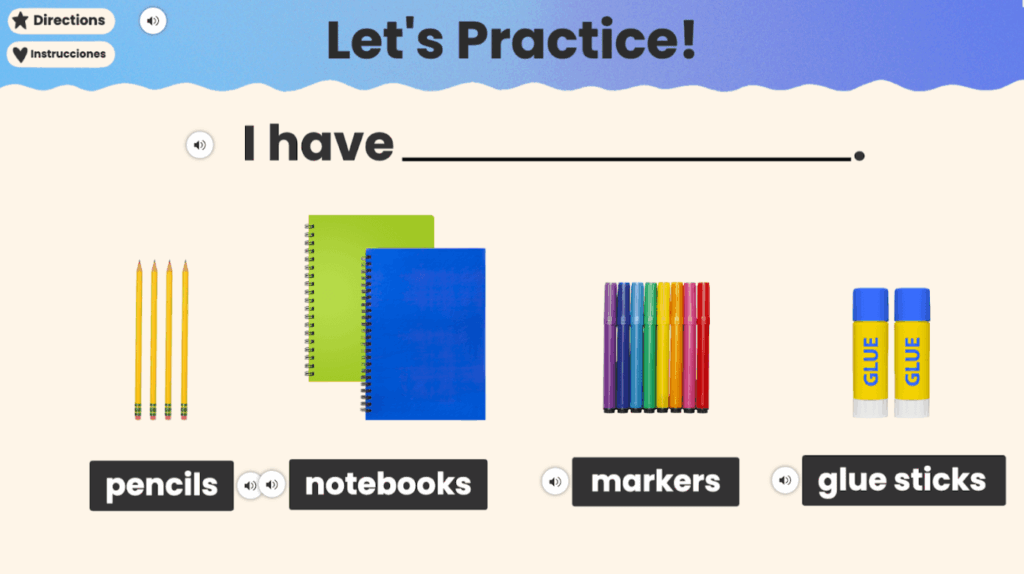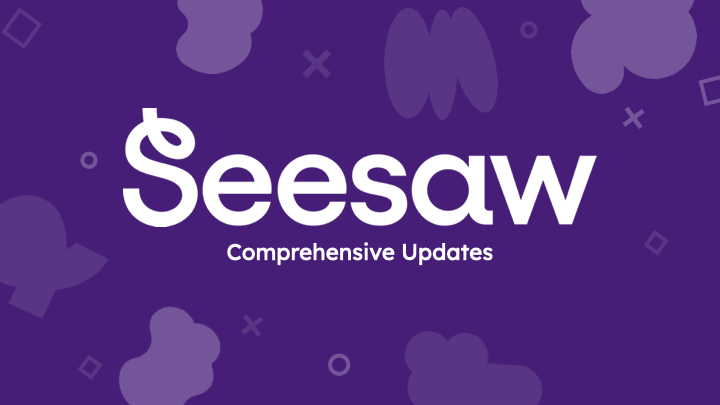Teaching English learners (EL) requires an explicit approach. Students acquiring a new language benefit from multimodal learning, visual resources, and multiple opportunities for practice. New to the English language, newcomers need specialized support to develop their language skills and integrate themselves into the classroom environment effectively. Let’s explore some effective research-based strategies that facilitate the learning process for newcomer students.
Instructional Strategies for Multilingual Newcomers
Research emphasizes the importance of language scaffolds, visuals, and differentiation when teaching newcomer students. Here are some effective strategies to use with newcomers in the classroom.
-
CULTURAL COMPETENCE
Recognizing and celebrating the diverse backgrounds and cultures of newcomer students fosters a supportive classroom environment. Encourage students to share aspects of their lives and cultures, allowing everyone to better understand one another.
-
PROVIDE STRUCTURE
To facilitate language acquisition, it is essential to structure lessons and activities in a predictable and sequential manner. Clear objectives, step-by-step instructions, and consistent routine help students focus on language development while reducing confusion.
-
LANGUAGE SCAFFOLDS
Implementing scaffolds throughout lessons helps multilingual newcomers grasp the content and language simultaneously in a simplified manner. These scaffolds can take the form of visual aids, graphic organizers, simplified instructions, and modeling from the teacher.
-
VISUALS AND MULTIMODAL LEARNING
Using real-life pictures and visual aids, such as diagrams, charts, and gestures, supports students in understanding new vocabulary and concepts. A multimodal approach allows students to engage with the content through multiple senses, enhancing their comprehension and retention.
-
SENTENCE FRAMES
Providing sentence frames or starter phrases provides newcomer students a framework to express themselves accurately. These sentence frames serve as a scaffold that assists students in organizing their thoughts and communicating effectively.
-
AUDIO AND LANGUAGE MODELING
Incorporating audio resources featuring clear, slowed speech allows students to practice their listening and speaking skills. Teachers can also use frequent language modeling, demonstrating proper pronunciation, intonation, and grammar.
-
TEACH HIGH-UTILITY SOCIAL LANGUAGE
Equipping newcomers with high-utility social language helps them navigate daily interactions in a new environment. Focus on teaching language functions and expressions necessary for social situations, such as greetings, introductions, and asking for help.
-
GIVE AUTHENTIC OPPORTUNITIES FOR STUDENT PRACTICE
Providing authentic opportunities for students to practice their language skills in real-life contexts is crucial. Collaborative learning activities, role-playing, and discussions allow students to interact with their peers while using English in meaningful ways.
Closing Thoughts
Teaching multilingual newcomer students requires intentional and supportive strategies to facilitate their language acquisition and overall integration into the classroom. By incorporating scaffolds, visuals, differentiation, and multimodal approaches, educators can create an inclusive environment that promotes active engagement and language development. Additionally, fostering cultural competence and providing authentic opportunities for practice will empower newcomers to develop their language skills, achieve academic success, and feel valued within the classroom community.



